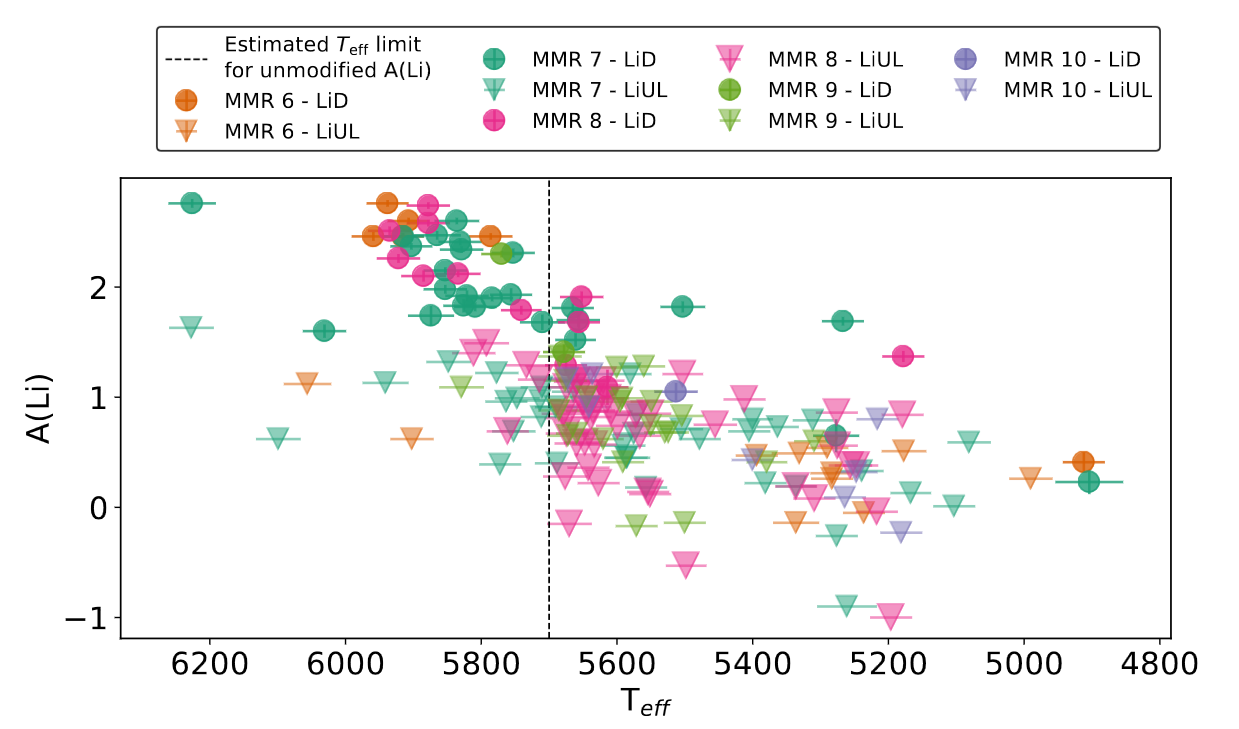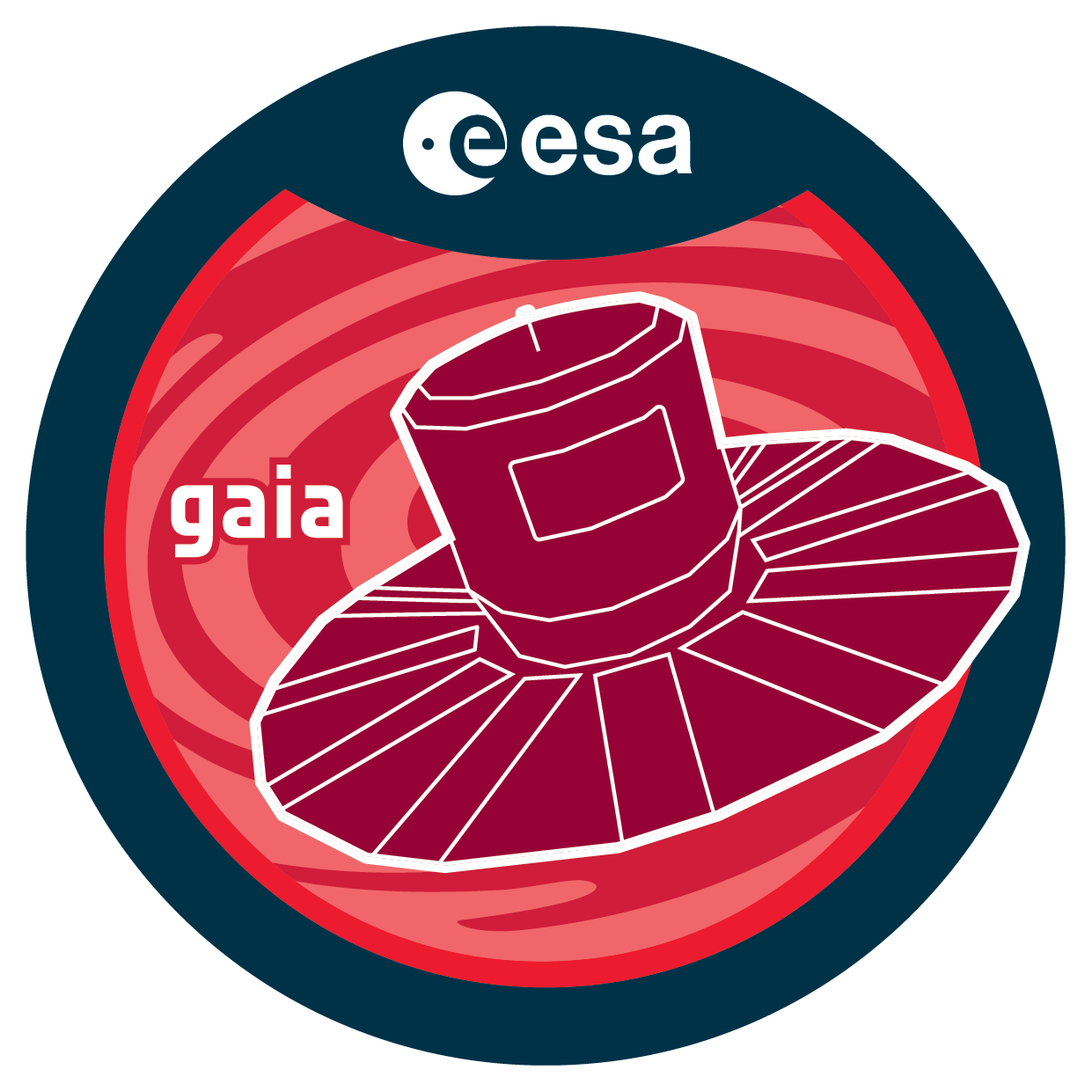Lithium abundances in stellar migrators
Delving into the complex behaviour of the light element lithium (Li).

Of all the elements in the periodic table, lithium remains one of the biggest mysteries for astronomers. Its main isotope is 7Li. Together with H and He, it is one of the few elements produced by primordial nucleosynthesis soon after the Big Bang. However, the amount of Li measured in very old stars is smaller than what models of Big Bang nucleosynthesis predict (in what is called the "cosmological lithium problem"). Moreover, there seems to be so many processes capable of producing and destroying Li that a complete understanding of the behaviour of this element has not been achieved yet. For example, Li should be destroyed inside evolved giants with convective envelopes. Nevertheless, about 2% of the known giants have been found to be Li rich. Also, young metal-rich stars should have an abundance of Li similar to, or higher than, the initial one of the solar system (measured in meteorites formed about 4.5 billion years ago). However, it was discovered that more metal-rich stars actually have less lithium than expected. It is this latter problem that this paper addresses.
The metal-rich stars
In the first paper of this project, "The Gaia-ESO Survey: Old super-metal-rich visitors from the inner Galaxy" we discovered a set of super-metal-rich stars that likely originated in the inner regions of the Milky Way and then migrated to their current position. This process, called radial migration, changes the radius where the star is located. Because of radial migration, the local population of stars in the solar neighbourhood is a mixture of old and new stars originally born in different regions.
Lithium in metal-rich stars
Following up on the results of the first paper, we delved into the complex behaviour of the light element lithium in the super metal-rich stars that we discovered. This fragile element can be formed by various sources but can also be easily destroyed inside stars. In our study, we showed that the amount of lithium in stars that have migrated from the inner regions of our Galaxy is lower than expected given how rich in metals they are. This is probably related to their ages. As they are old, they started with less lithium than young metal-rich stars. Moreover, during their evolution they depleted their photospheric Li while travelling to the solar neighbourhood.
The importance of the results
Guiglion et al. (2019) were the first to suggest that the decrease of Li can be explained by old dwarf stars that migrated from the inner regions of the Milky Way disc. One implication of such a scenario is that the upper envelope of Li is, therefore, not a robust tracer of the current Li abundance in the interstellar medium. This exciting discovery opens new doors for understanding the formation and destruction of lithium in the Universe.
Text by Maria Luiza L. Dantas and Rodolfo Smiljanic


